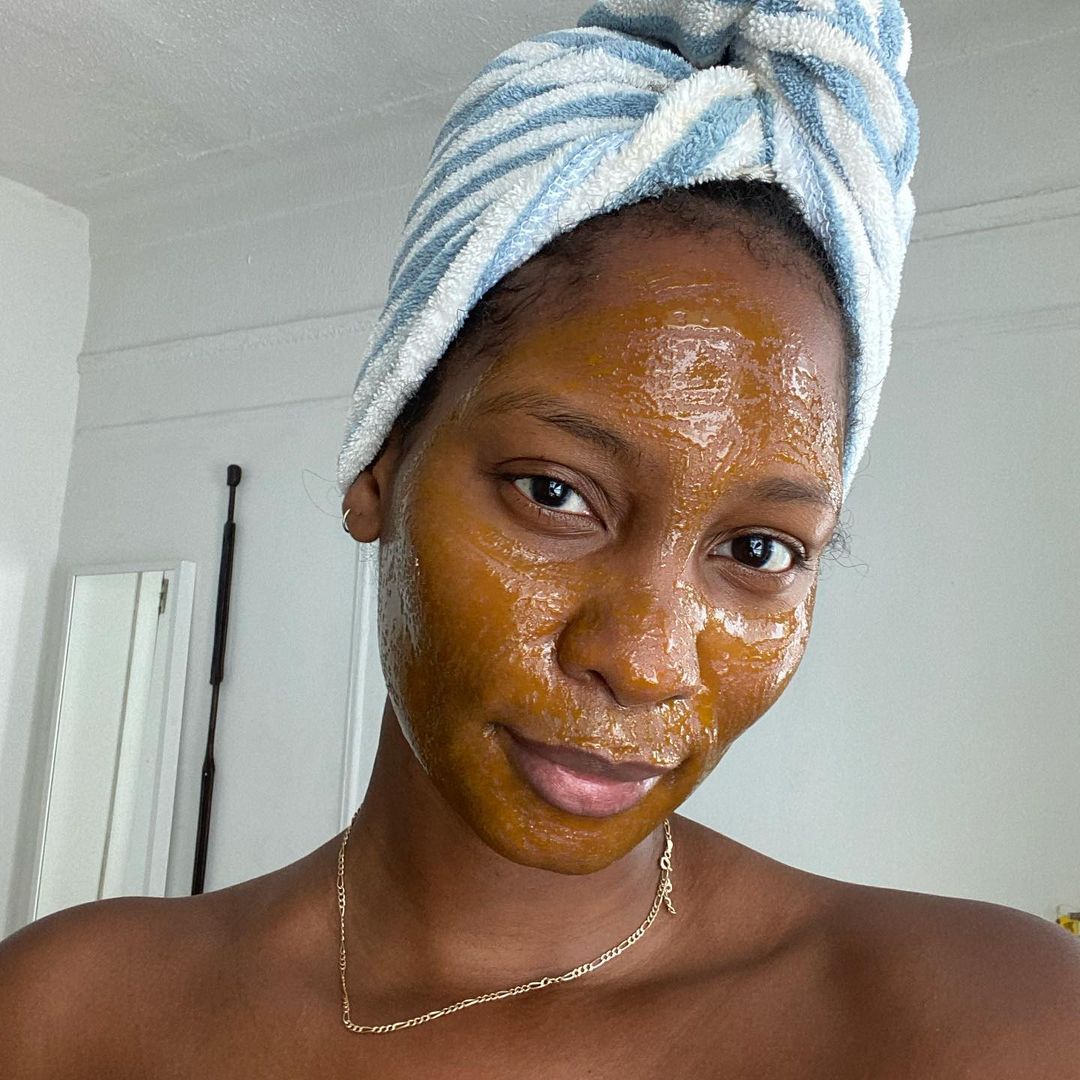The Art & Technique of Honey Tapping
By
March 11, 2024

Written by Shani Hillian ~ @shanihillian
By now, you have probably heard me rave about how ACTIVIST Mānuka Honey has exceptional skincare benefits, but did you know there's a "tapping" technique that can enhance its performance? Insert: Honey Tapping.
What is Honey Tapping
Honey tapping is an ancient ritual that will amplify those benefits as it has been used for centuries to strengthen the connective tissues to brighten and firm the skin. This technique involves applying honey to your face, followed by a massage that uses a rolling, kneading, and patting motion to encourage incredible movement to help the lymph flow quicker to the nearest lymph node, speeding up detoxification. The lymphatic drainage will aid in accelerating healing on and beneath the skin's surface.

How Can It Benefit The Skin
Honey has long been known for its antibacterial and anti-inflammatory properties and for facilitating the healing process of wounds due to the acidity and osmolarity functioning together to promote tissue regeneration. Honey Tapping will amplify your skincare ritual by providing amazing benefits such as:
Gentle Exfoliation due to the presence of organic acids like gluconic acid, making it capable of gently removing dead skin cells
Natural Hydration due to the enzyme components in honey which enables it to penetrate deeply into the skin and bring hydration to the underlying layers.
Improve Circulation stemming from the actual massage itself which will increase blood flow, providing more oxygen to the cells delivering the necessary nutrients to the skin to defend itself and fight not only breakouts and dryness, but the signs of premature aging.
Lymphatic Drainage to encourage detoxification of toxins as mentioned above.
In my experience as an esthetician for 17 years, this technique delivers a natural glow while easing skin inflammation, gently exfoliating and firming the skin all in the same breath. I vividly remember a former coworker introducing me to honey tapping many moons ago. I expressed my skin concerns and how I switched up my diet/workout regimen and was currently experiencing congestion in my T-zone. She performed a tailored facial that involved honey tapping and focused on my congested area. It was indeed the moment I fell in love and delved more into incorporating honey tapping into my own practice for myself and my clients. My skin felt 90% less congested after just one session; it was hydrated, not stripped, vs. if I had opted for a clay mask or peel to treat my congestion. It is game-changing and a great natural alternative to detoxing your skin.

Is Mānuka Honey The Best Honey for Honey Tapping?
In short, yes— here's why. ACTIVIST Mānuka Honey is solely crafted from Mānuka flowers (making it a monofloral honey). This exceptional honey is distinguished by its deep golden hue and high concentration of essential vitamins, minerals, and antioxidants. It is also favorably valued for its antibacterial and antimicrobial properties. Studies show that Mānuka Honey has a higher pH and sugar content than other varieties of honey, which may contribute to its antibacterial activity. Recognized for its antimicrobial and wound-healing properties, Mānuka Honey is now used clinically as a topical treatment for wound infections, and scientific evidence for Mānuka Honey's effectiveness in treating wounds and other skin conditions has been extensively evaluated and recommended.
Recommended: ACTIVIST Mānuka Honey Mask

"How To" Honey Tap
Here is a step-by-step guide on how you can efficiently and effectively incorporate honey tapping in your skincare rituals to heal and reveal your best skin yet.
- Cleanse your skin with a gentle cleanser to prepare it for the method, then pat dry with a soft cloth.
- With dry hands, apply the ACTIVIST Mānuka Honey Mask to the four (4) fingers from index to pinky and press gently into your skin, quickly rolling them off. The motion should be quick while intentionally moving about the entire face.
- Concentrate on precise areas where you feel it requires additional exfoliation, drainage, and TLC.
- Add a few water droplets to your fingers if it becomes too challenging to work with, but remember, you want it to be sticky.
- Remember your neck; its tissues must also be exfoliated and drained for optimal skin health.
- After tapping, leave the mask on for 10 to 20 min before gently removing it with a warm, wet cloth.
- Follow by applying moisturizing products.
Frequency
Honey tapping can be performed 1-2x a week, and it is best to do it in the evening to allow the skin to reap its fullest benefits as your skin heals most and regenerates itself while you sleep.

Is Honey Tapping Suitable for All Skin Types?
Honey tapping can generally be used on all skin types. However, I would proceed cautiously and test a small area before performing over the entire face if you are prone to rosacea/extreme sensitivity. Do not perform if you are experiencing active blemishes to minimize the risk of spreading bacteria.

























